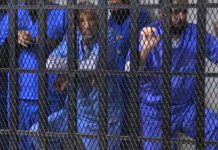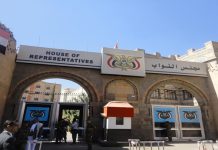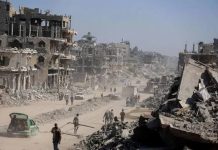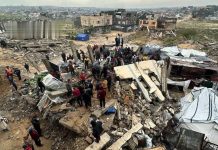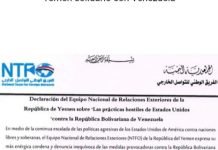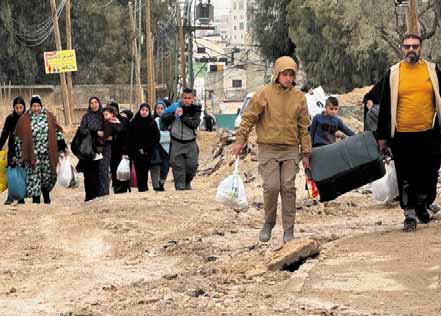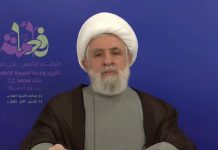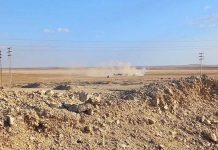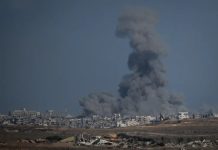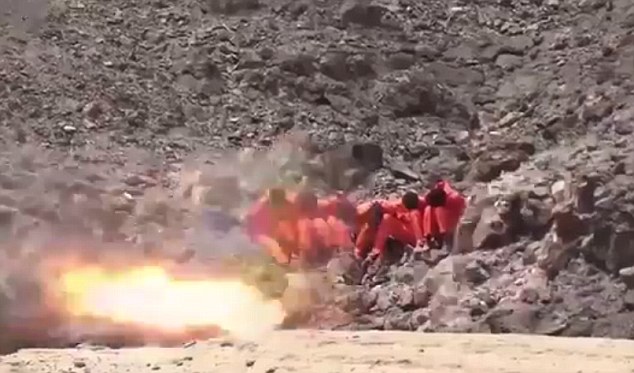New York Times confirmed, citing researchers and historians, that the current Palestinian displacement from the West Bank is the highest since Israel occupied the area in 1967, noting that about 40,000 Palestinians were displaced after the occupation army launched a large-scale operation in the West Bank last month.
The newspaper pointed out that “Israeli campaigns in 3 parts of the northern West Bank forced thousands of residents to seek refuge with friends and relatives or camp in wedding halls, schools, mosques, municipal buildings, and even a farm barn.”
“Palestinians fear that this operation is a veiled attempt to permanently displace Palestinians from their homes and impose greater control over areas administered by the Palestinian Authority.”
It added: “While about 3,000 people have returned to their homes, most of them are still homeless after more than 3 weeks, which is a larger displacement than the displacement during a similar Israeli campaign in the West Bank in 2002, according to two Palestinian and two Israeli experts on the history of the West Bank.”
According to the newspaper, some of those displaced during this new campaign will not find a home to return to, as the Israeli military has demolished dozens of buildings and destroyed roads, water pipes and power lines to destroy what it claims are traps set by militants.
The United Nations Office for the Coordination of Humanitarian Affairs confirmed that water and sanitation systems have been destroyed in four densely populated urban neighborhoods, known as refugee camps, stressing that some water infrastructure has been contaminated with sewage.
“What makes this moment unprecedented is not only the scale of displacement, but also the accompanying discourse that increasingly normalizes the idea of permanent forced displacement,” Maha Nassar, a Palestinian-American historian at the University of Arizona, told the newspaper.
It stressed that this “represents a major escalation in a long-running conflict that threatens to radically change the political and demographic landscape of the region.”


